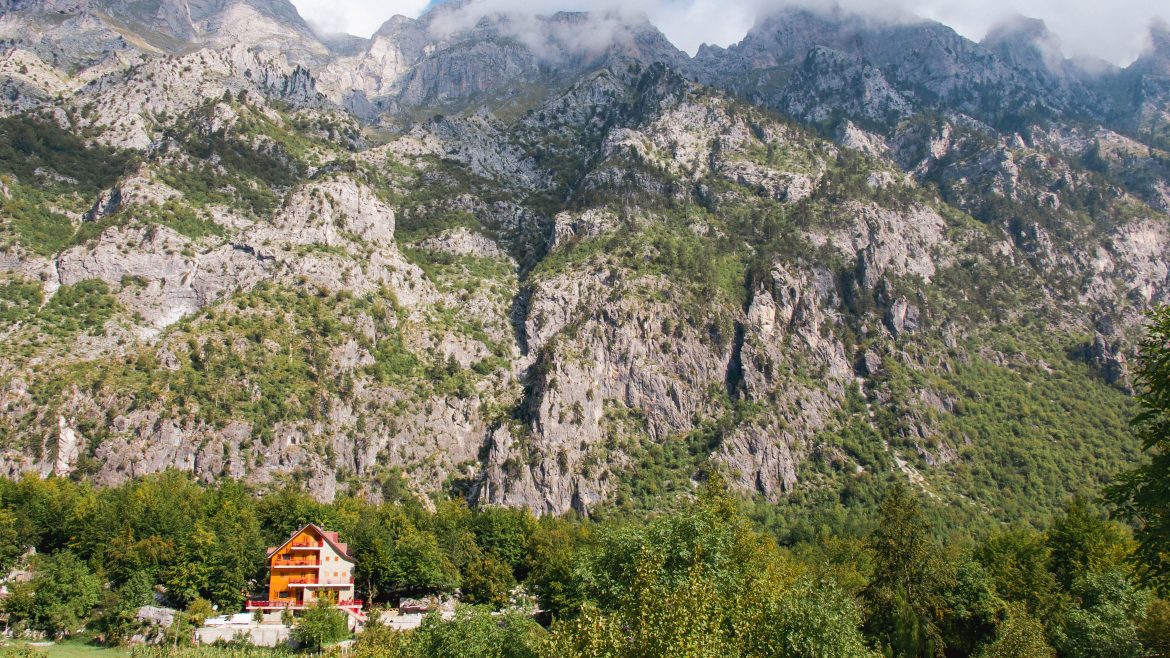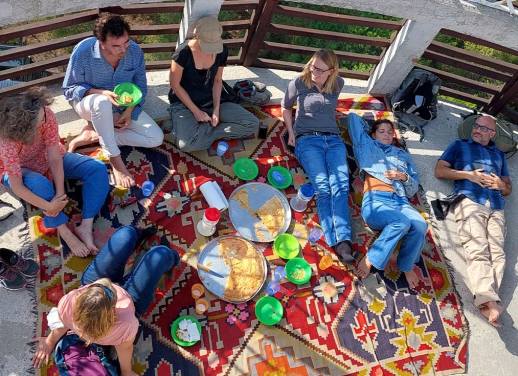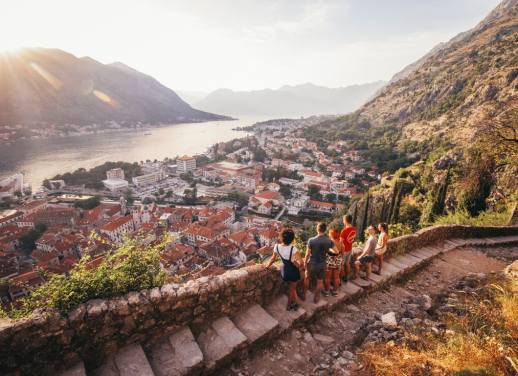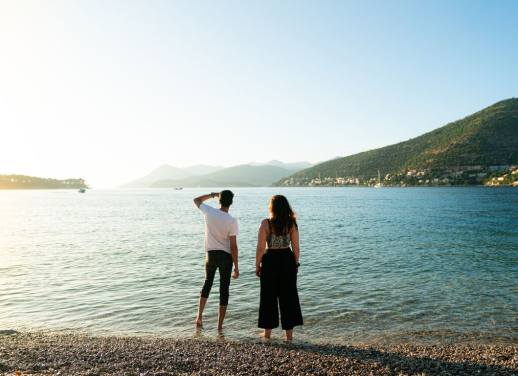This article was originally published in February 2018.
Already travelled to Greece or not keen on the crowds in Italy? It’s time to look next door to Albania.
Albania has long flown under the radar – but things are changing. This gorgeous corner of the Balkans is packed with untouched beaches, mountains, ancient citadels and some of the warmest hospitality in Europe.
Here’s why Albania should be your next adventure – and what to expect when you get there.
Legendary hospitality
One of the first things you’ll notice in Albania is that you’ll be made to feel right at home. That’s largely because hospitality is one of the four pillars of the Kanun – a centuries-old code of honour that originated in northern Albania in the Middle Ages and continues to shape daily life.
There’s even a proverb in the Kanun that says: ‘Before the house belongs to the owner, it first belongs to God and the guest.’ Travellers are often treated like family – whether it’s being invited in for coffee or offered seemingly endless shots of raki. In Albania, you’re never far from a friendly face to point you in the right direction.
Read more: An expedition through the hearts and homes of Albania
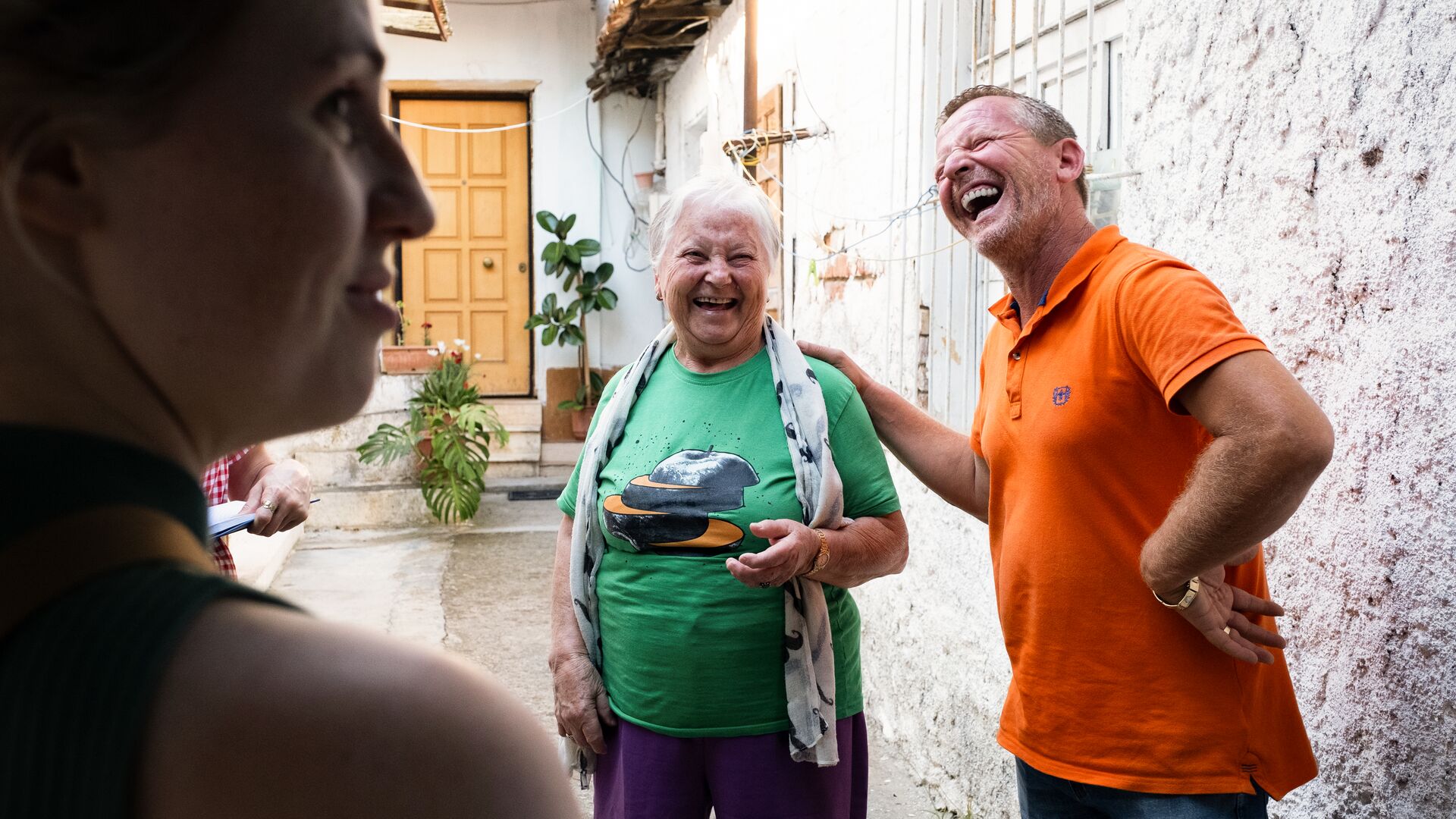
A layered culture
Like byrek, the national pie, Albanian culture is rich and layered. Its roots trace back to the ancient Illyrians, but you can also see the influences of the Greeks, Romans, Byzantines and Ottomans in everything from architecture to cuisine and music. Folk traditions are also strong, especially Albanian iso-polyphonic singing – a complex vocal technique featured on UNESCO’s intangible cultural heritage list.
Albanians also have some wonderful cultural quirks. You might notice that people nod for ‘no’ and shake their head for ‘yes’, making for some amusing attempts to break through the language barrier!
Public minibuses (furgons), the main means of transport, don’t have timetables – they tend to leave when full. And in the evenings, some towns grind to a halt for xhiro, a daily ritual where locals take to the streets for fresh air and a chat. Keep an eye out for scarecrows attached to houses too – they’re not leftover Halloween decorations, but an age-old superstition to ward off envy.
Delicious food
All that walking and reverse-nodding will no doubt leave you hungry, but thankfully you’re in the right part of the world for a feast. Albanian cuisine is a blend of Balkan heartiness, Turkish spice and Greek freshness. Sharing meze (small dishes) is a big part of the culture, usually involving hours spent at the table, savouring food slowly with a glass of raki – a strong fruit brandy and Albania’s national drink. Be warned: raki magically appears on the table whether you ordered it or not!
If strong spirits aren’t your thing, Albania also produces an impressive array of wines, especially from regions like Berat and Korça.
Don’t miss local favourites like tavë kosi (baked lamb with egg and yogurt), byrek (savoury pastries) and fëgesë (slow-cooked tomatoes, peppers and cottage cheese). Seafood is fresh and abundant along the coast, and with Italy just across the Adriatic, good pizza is easy to find.
And always leave room for dessert. Expect honey-drenched baklava, revani (sponge cake soaked in syrup) and sheqerpare (butter cookies).
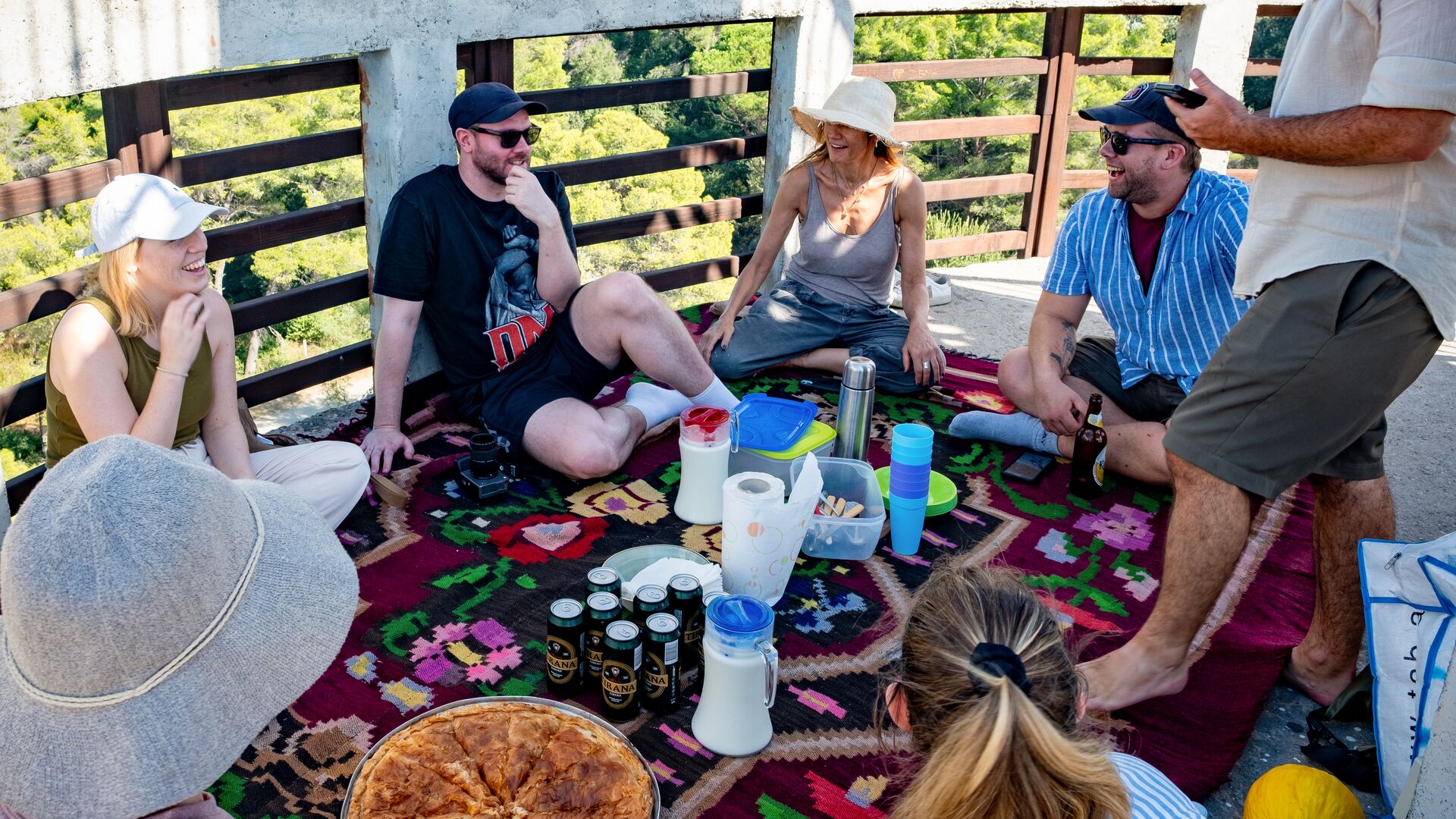
Nature
If you want nature, Albania delivers. It’s rich in biodiversity, with thousands of plant species spread across the country’s 15 national parks. In the north, you’ve got the Albanian Alps, aka the Accursed Mountains, which offer some of the best hiking trails in the Balkans. And just wait until you see the electric blue water of the Shala River.
Over in the east, Lake Ohrid – straddling Albania and North Macedonia – is said to be one of the oldest lakes in the world, with plenty of opportunities for swimming and watersports, while Karavasta Lagoon along the coast is a prime spot for birding with over 230 species.
Along the southwestern coast lies the Albanian Riviera, where you’ll find turquoise water and soft-sand beaches that aren’t half as swamped as Greece or Croatia. There’s also some great diving here, with underwater caves, reefs and even Roman-era shipwrecks.
And don’t be surprised if you end up sharing the road with a flock of sheep and a shepherd or two – even on the outskirts of Tirana. Herding sheep and goats is still a strong tradition throughout the country.

Cities
Tirana
The Albanian capital is splashed with colour, green spaces and a mighty personality. Start by exploring its Cold War bunkers – eerie remnants of Enver Hoxha’s communist dictatorship. It’s thought there are as many as 750,000 of them! The largest, Bunk’Art, has become a contemporary art space, while others have been turned into nightclubs, museums, cafes and even homes.
In the centre of town, you’ll find the Pyramid of Tirana – built in 1988 by Hoxha’s daughter as a monument to him and now a cultural hub. Other highlights include the Ottoman-era Et’hem Bey Mosque and the New Bazaar where you’ll find everything from spices to handicrafts. Or just sit down with a cold Tirana beer in one of the city’s many cosy pubs.
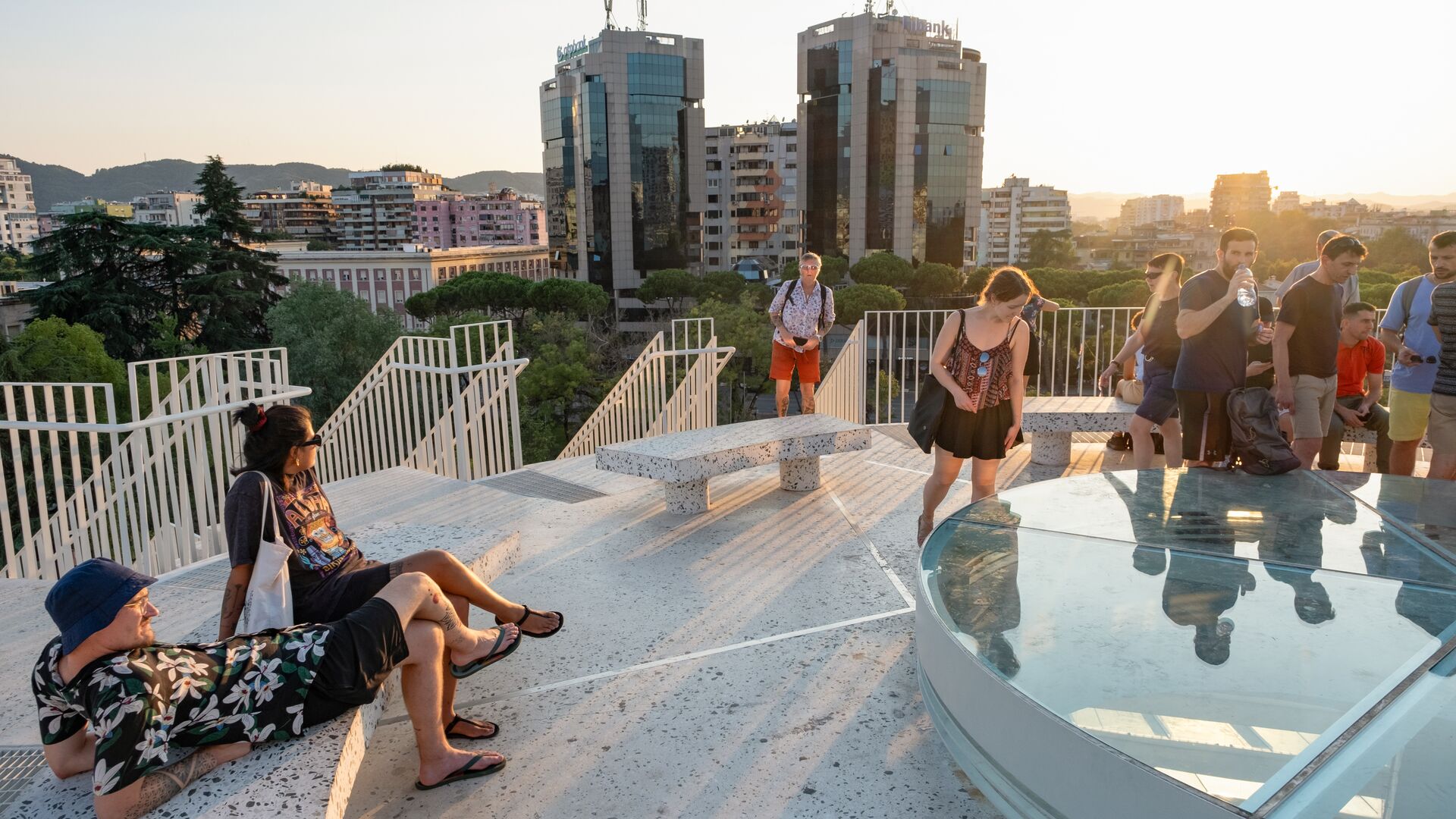
Kruja
Just north of Tirana, at the foot of Mt Kruja, lies the medieval town of Kruja – a former capital and the birthplace of Albania’s national hero, Skanderbeg, who is celebrated for leading a successful resistance against the Ottomans in the 15th century. Explore the walls of the old fortress, chat to vendors selling rugs, homewares and antiques in one of the country’s oldest bazaars, and check out the Ethnographic Museum housed in an Ottoman-era residence.

Berat
Known as the ‘town of a thousand windows’, UNESCO-listed Berat is full of well-preserved Ottoman-era houses that line the cobbled streets. The 13th-century Berat Castle overlooks the city and could easily pass as a filming location for Game of Thrones. Along the Osumi River, you can go rafting or take a scenic stroll through the surrounding canyons.
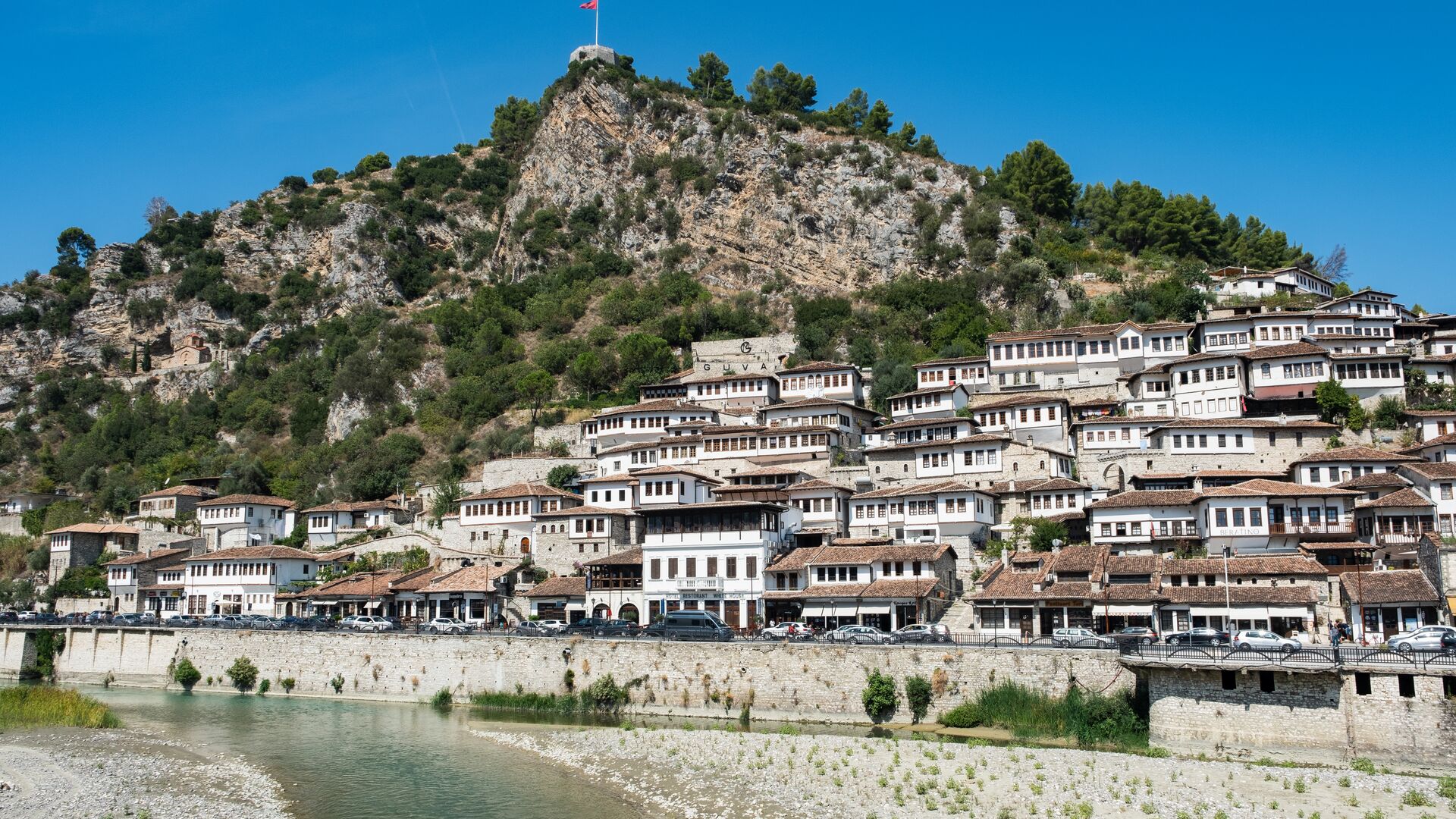
Shkoder
The laidback lakeside city of Shkoder in the north is often dubbed Albania’s cultural heart. It’s a gateway to the Alps and close to the Montenegro border. As one of Europe’s oldest cities, you’ll notice many architectural styles as you wander the Old Town. A visit to the 14th-century Rozafa Castle is a must.

Handy travel info
- Visas: Many nationalities can enter Albania without a visa for short stays. Be sure to check the latest entry requirements.
- Language: Albanian is the official language in Albania, with two main dialects – Tosk in the south and Gheg in the north. English is widely spoken among younger people and in touristy areas.
- Best time to visit: Albania shines from late spring to early autumn, when the weather is warm, dry and ideal for hitting the beach, exploring the Alps or sightseeing in the cities. Though quieter than some of its neighbours, summer (June to August) is peak season, so aim for May or October if you want to dodge the crowds.
Ready for a Balkan adventure? Explore Intrepid’s small group adventures in Albania.

